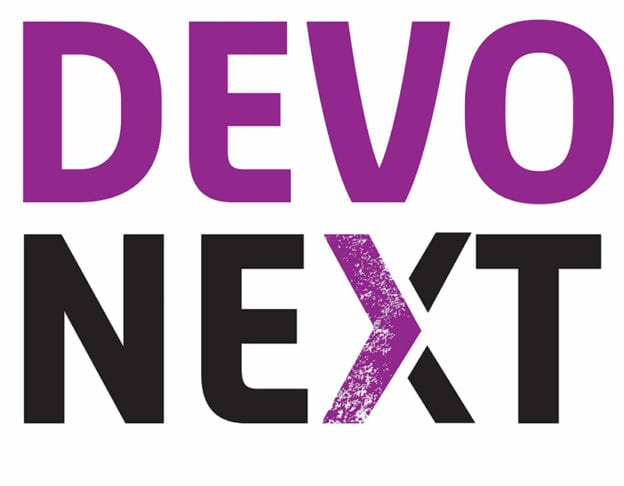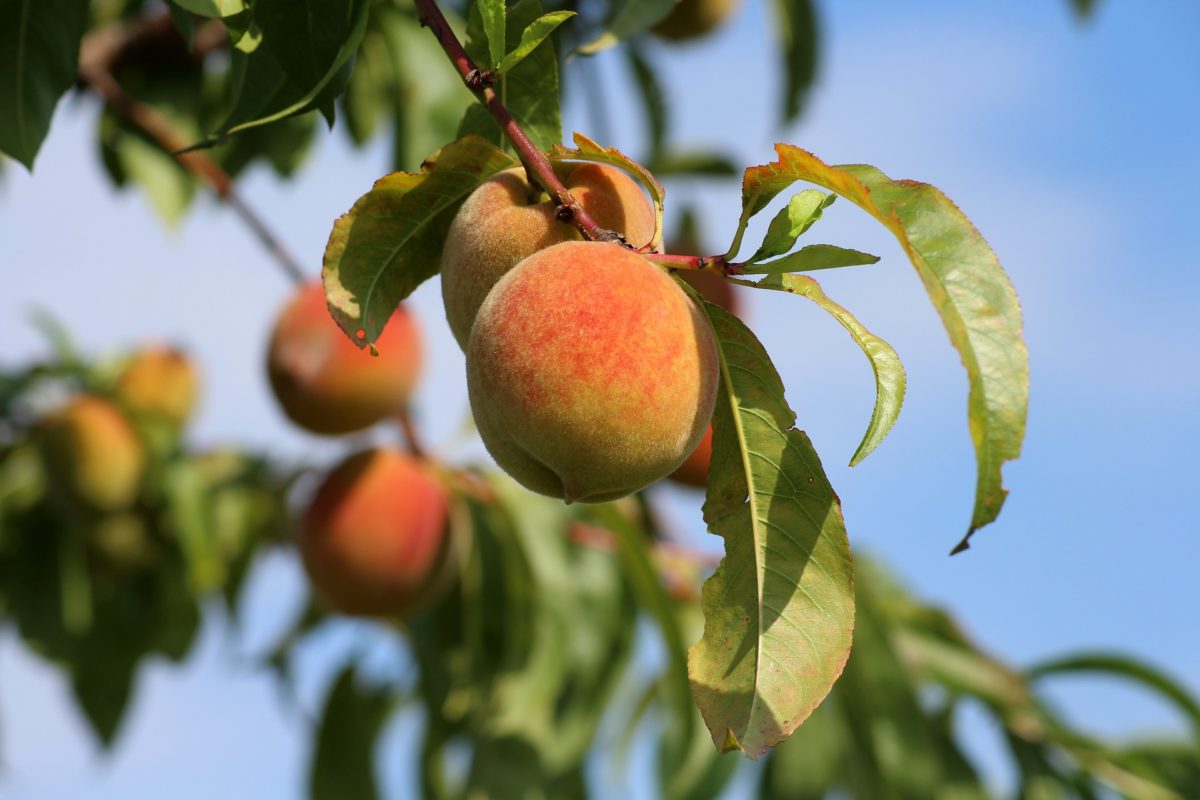Twitter verification for the masses!
The gap between the privileged few, and the majority of lowly users is fading – no more will there be an ‘us and them’ atmosphere; freedom and equality is coming to the masses!
For many, getting a verified Twitter account can make a significant validation of a brand’s reputation. Unlike Facebook verified pages (which is linked to a bit of code that you place into your website); Twitter’s verified accounts were at the discretion of Twitter themselves.
Verified accounts can be vital for companies, as it gives a piece of mind to a customer; as Twitter’s registration process is so open, it is very easy for brands and companies to be mimicked. I know of an international company that had ‘local branch’ accounts opened by unhappy employees, leading to unhappy customers when the ‘branded’ accounts posted incredibly inappropriate content.
Now, Twitter has opened up verification to all kinds of accounts it means not only public figures and big brands can benefit from the better reputation those little ticks can mean. All you have to do is fill in a fairly simple form explaining why you think you should be verified.
As someone who has suffered at the hands of Twitter’s treatment of smaller brands (trying to get a handle from an inactive account for a company that owned the copyright…), I really hope this new freedom for accounts means companies of all sizes can boost their marketing credentials.
And although it isn’t quite the laissez-faire process of verification of Facebook, the opening of Twitter’s verification process to everyone adds to the signs that Twitter is trying hard to appeal to large and small companies (other factors hinting to this include the algorithmic feeds, new analytics, and easier ad management platforms).
In addition to this, the announcement of Twitter’s Engage app – an app to help the management of accounts, including more in-depth insights – it is clear Twitter’s investment in the ‘little man’, investment in appealing to the masses (i.e. small businesses), is a demonstration of how the platform can help all businesses return on investment, big or small.
If this isn’t the start of an egalitarian Twitter, I’m pretty sure the revolution will be Twitterised…









